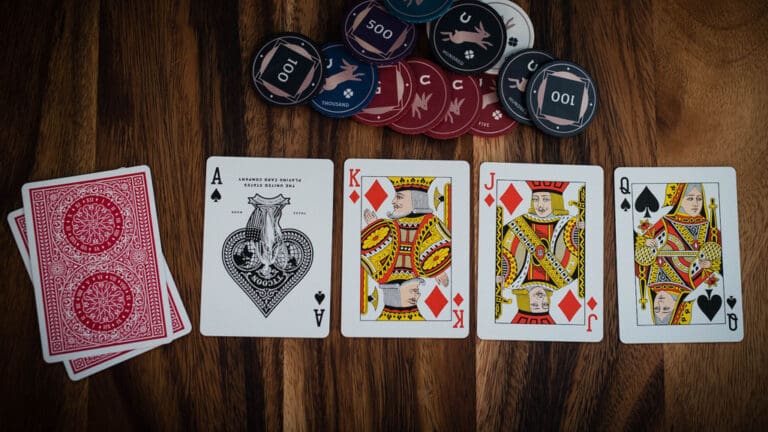Basics of Poker Hand Rankings
Poker, a card game of skill and strategy, requires a sound understanding of the game fundamentals. One of the key aspects that form the bedrock of poker strategy is understanding poker hand rankings.
Understanding the Importance of Hand Rankings
The game of poker revolves around the strength of the hand a player holds. Each hand has a rank, which determines the hand’s value compared to the other hands in the game. Knowing the poker hand rankings is crucial for making decisions during the game, such as whether to bet, call, or fold.
In traditional poker games, the player with the highest-ranking hand wins the pot. Therefore, understanding the hierarchy of the poker hands and their relative value can greatly improve one’s ability to make strategic decisions during a game. For those new to the game, our how to play poker guide can provide a comprehensive overview.
Components of a Poker Hand
A standard poker hand consists of five cards. These cards can be any combination of the 52 cards from a standard deck. The rank of a poker hand is primarily determined by the pattern of cards, such as whether the cards are all of the same suit or in numerical sequence.
Here’s a brief overview of the components of a poker hand:
- High Card: If no other hand is achieved, the highest card held is the rank.
- Pair: Two cards of the same rank.
- Two Pair: Two separate pairs of matching cards.
- Three of a Kind: Three cards of the same rank.
- Straight: Five cards in numerical sequence, regardless of suit.
- Flush: Five cards of the same suit, not in numerical sequence.
- Full House: A pair and a three of a kind.
- Four of a Kind: Four cards of the same rank.
- Straight Flush: Five cards in numerical sequence, all of the same suit.
- Royal Flush: A straight flush consisting of the highest cards (Ace, King, Queen, Jack, Ten).
To familiarize yourself with the basic poker terms and how they relate to hand rankings, visit our poker terminology page.
Understanding poker hand rankings is a fundamental step in mastering the game. It influences decision-making at every stage of the game and is integral to both basic and advanced poker strategies. For a deeper dive into the significance of each hand, continue reading the following sections, which will break down each hand and its place within the poker hand hierarchy.
High Card Hands
In the realm of poker hand rankings, a high card hand is the most basic and lowest-ranking hand one can have. It’s a hand that doesn’t satisfy any other category of poker hands, such as pairs, straights, or flushes.
Description and Scenarios
A high card hand is essentially a hand that doesn’t form any combination. It is named after the highest card in the hand. For instance, if a player’s hand consists of a 3, 7, 10, Queen, and an Ace, the hand is referred to as an “Ace-high” hand.
In a scenario where two players both have high card hands, the one with the highest card wins. If the highest card is the same for both players, the second highest card is compared, and so on. This continues until one player’s card is higher or all cards have been compared, resulting in a tie.
For example, if Player A has this hand:
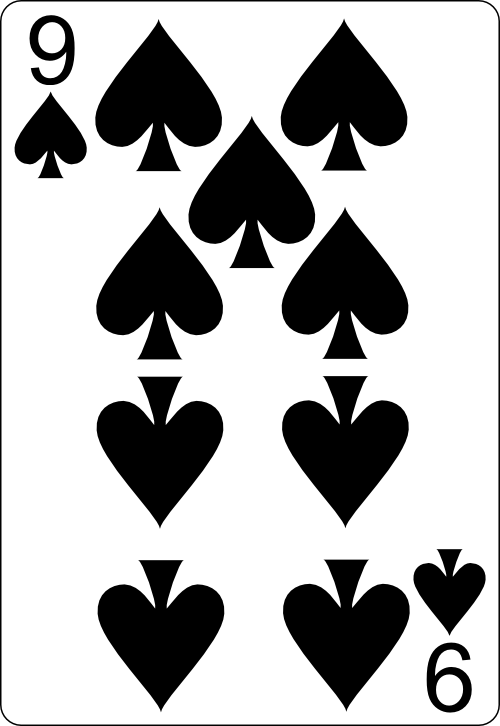 9♠️ | 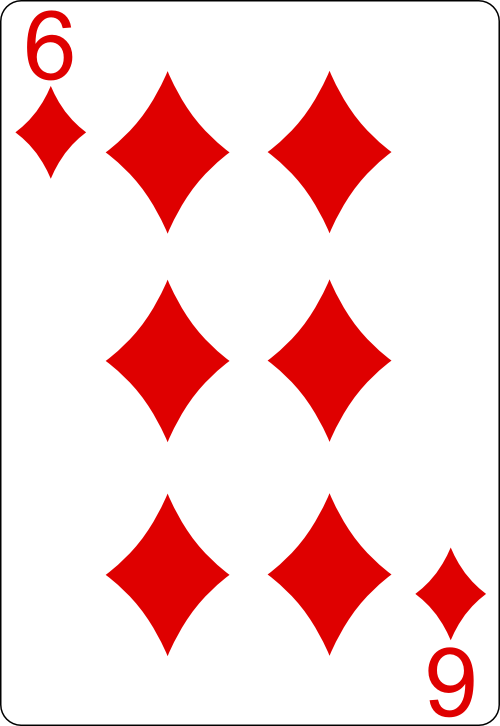  6♦️ |     4♣️ |   3♠️ | 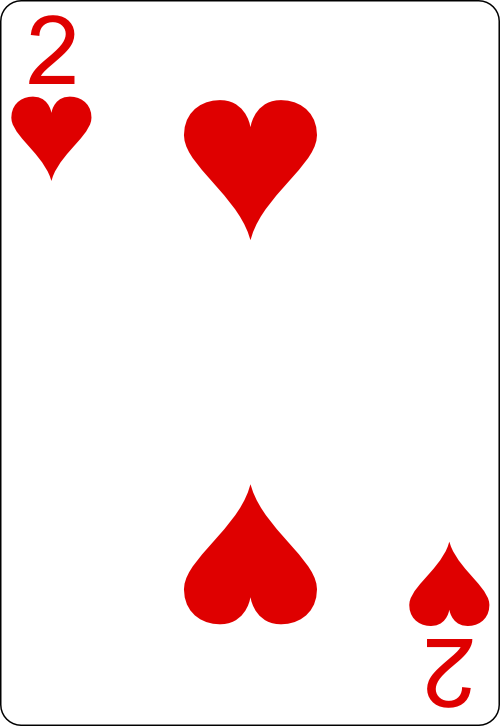     2♥️ |
And Player B has this hand:
    A♠️ |      K♦️ |    Q♣️ |    J♠️ | 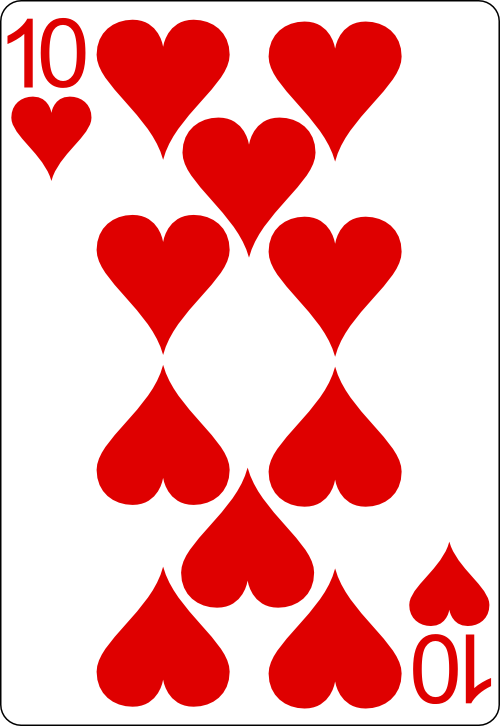   10♥️ |
Player B would win with the Ace being the highest-ranking card.
Both players have an Ace-high hand, but Player A wins because they have an 8 as their second-highest card, compared to Player B’s 7.
Probability and Statistics of High Card Hands
The probability of drawing a high card hand in poker is higher than any other hand category. This is because there are more combinations that consist of random cards than there are for specific hand categories.
The probability of being dealt a high card hand in a 52-card deck in five-card poker is approximately 50.12%. This means that, statistically, one out of every two hands will be a high card hand.
Here’s the breakdown:
| Hand Category | Combinations | Probability |
|---|---|---|
| High Card | 1,302,540 | 50.12% |
Understanding poker hand rankings, including the high card hand, is essential for anyone looking to learn how to play poker. A firm grasp of these basics will enable you to make more informed decisions during the game, improving your chances of success. For more on the basics of poker, check out our article on poker basics.
Pair Hands
Continuing our exploration of poker hand rankings, let’s delve into the concept of Pair Hands. This type of hand is one of the simpler formations in poker but plays a significant role in the game’s strategy.
Description and Scenarios
A Pair Hand in poker refers to a hand consisting of two cards of the same rank and three unrelated cards. The rank of the pair determines the strength of the hand. For example, a pair of Queens would beat a pair of Jacks.
In a scenario where two players have a pair, the player with the higher pair wins. If both players have the same pair, the highest unrelated or “kicker” card determines the winner.
For example, if Player A has this hand:
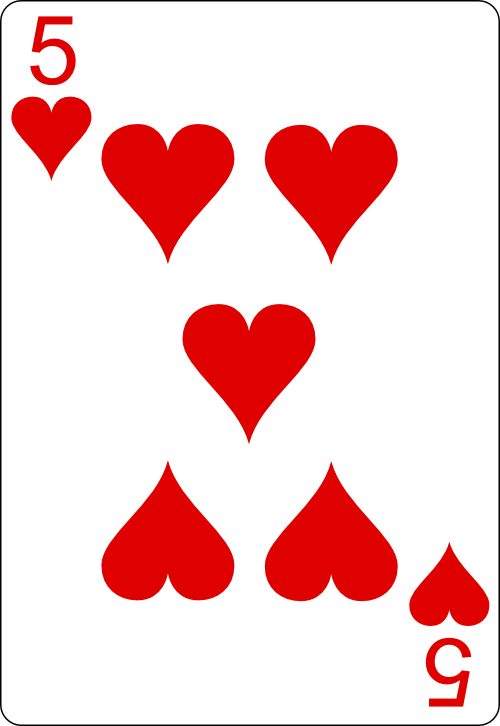  5♠️ |    5♦️ |     K♠️ |       9♠️ |      2♥️ |
And Player B has this hand:
   5♠️ |   5♣️ |     J♦️ |   3♣️ |    10♥️ |
Player A would win as the King kicker is higher than the Jack kicker from Player B’s hand.
For a better understanding of the game and hand formations, refer to our comprehensive guide on how to play poker.
Probability and Statistics of Pair Hands
Understanding the probability of obtaining a Pair Hand can greatly enhance your strategic decisions in poker. The probability is calculated based on the total number of possible 5-card hands from a 52-card deck.
The probability of obtaining a Pair Hand is approximately 42.26%, making it one of the most common hands in poker.
Here’s a numerical breakdown:
| Hand | Combinations | Probability |
|---|---|---|
| Pair | 1,098,240 | 42.26% |
The high probability of a Pair Hand makes it vital for players to understand and utilize this hand effectively in their game strategy. Knowing the likelihood of obtaining such a hand can help in making informed decisions during betting rounds.
In-depth knowledge of hand rankings, coupled with understanding the probability of each, can greatly improve your poker game. For more information on the basics of poker, check out our article on poker basics.
Two Pair Hands
As we continue to navigate the landscape of poker hand rankings, we encounter the hand known as Two Pair. This hand falls in the middle of the poker rankings and understanding its value is critical for any poker player.
Description and Scenarios
A Two Pair hand in poker is precisely what its name suggests – a hand consisting of two pairs of cards with the same face value, accompanied by a fifth unrelated card. For example, a hand with two Aces, two 8s, and a 4 would be considered a Two Pair hand.
To better understand a two pair hand, let’s take a look at an example:
Example:
Player A holds this hand:
     2♥️ |    2♠️ |    J♣️ |     J♦️ |     4♦️ |
While Player B holds this hand:
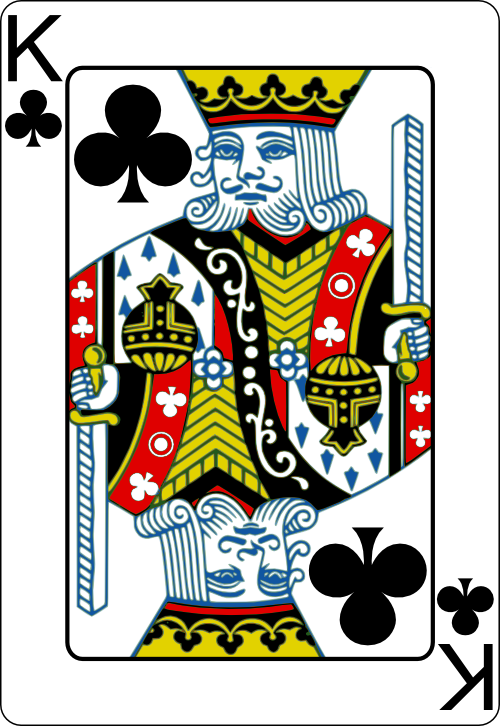    K♣️ |      K♦️ | 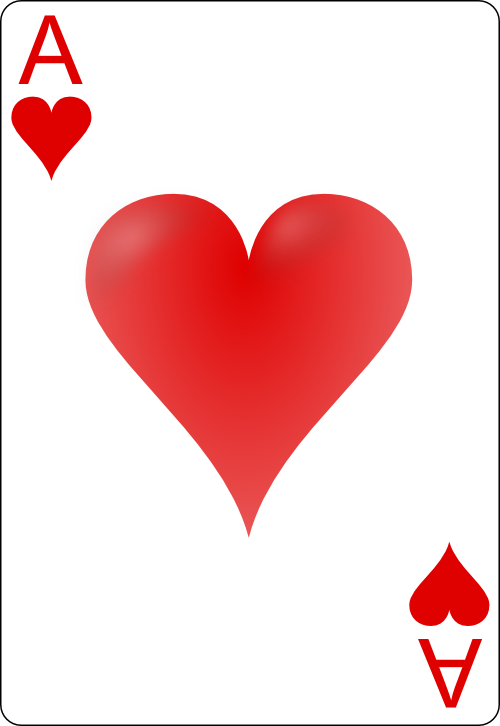    A♥️ |     A♠️ | 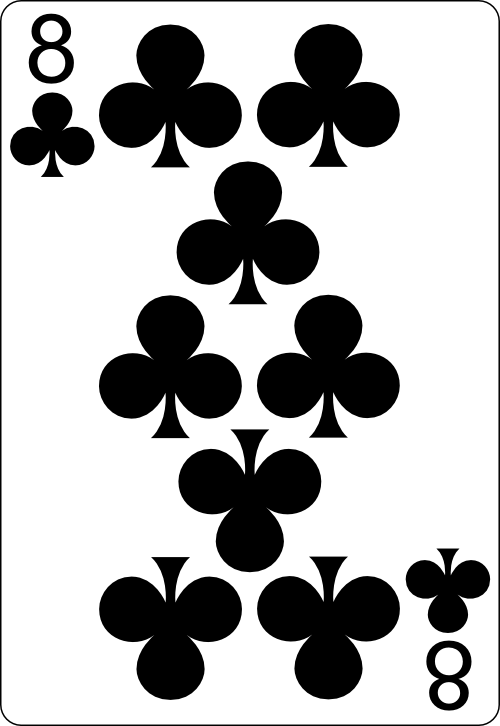  8♣️ |
The fifth card held by both players does not contribute to the hand ranking. In this scenario, Player A has a pair of twos and a pair of Jacks, and Player B has a pair of Kings and a pair of Aces. The player with the higher pair wins the hand. Player B wins.
The ranking of a Two Pair hand is determined first by the value of its highest pair, and then by the value of its lower pair. So, a Two Pair hand with two Kings and two 9s would outrank one with two Queens and two Jacks. If two players have the exact same pairs, the fifth card, also known as the “kicker”, determines the winning hand.
Probability and Statistics of Two Pair Hands
The likelihood of being dealt a Two Pair hand in poker is higher than many of the hands we’ve previously discussed, but still relatively low in the grand scheme of poker probabilities.
| Hand | Combination | Probability |
|---|---|---|
| Two Pair | 123,552 | 4.75% |
There are a total of 123,552 potential Two Pair combinations in a standard 52-card deck, making the probability of being dealt this hand approximately 4.75%. This percentage is based on the total number of unique 5-card combinations that can be drawn from a 52-card deck (2,598,960).
Knowing the probability of being dealt a Two Pair hand can aid players in making informed decisions about how to bet and play their hands. It’s important to remember that while the probability can guide a player’s choices, it is only one piece of the broader poker strategy puzzle.
Understanding poker hand rankings and their probabilities is a fundamental aspect of the game. For more insights into poker basics, visit our guides on how to play poker and poker terminology.
Three of a kind Hands
In the hierarchy of poker hand rankings, Three of a kind hands hold a respectable position. As the name suggests, this hand consists of three cards of the same rank, along with two unrelated side cards.
Description and Scenarios
A Three of a kind hand, also known as a set, trips, or triplets, is formed when a player receives three cards of the same rank from the deck. The remaining two cards in the hand, known as the “kickers”, can be of any rank.
For instance, if a player has the cards 7, 7, 7, 9, and K, they have a Three of a kind hand:
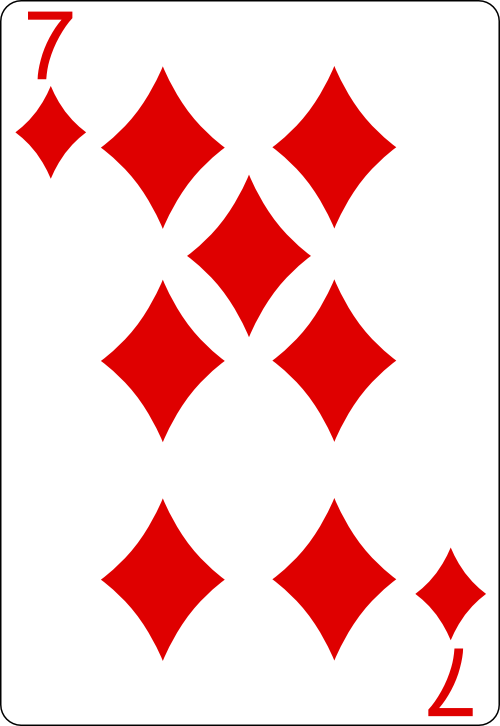  7♦️ | 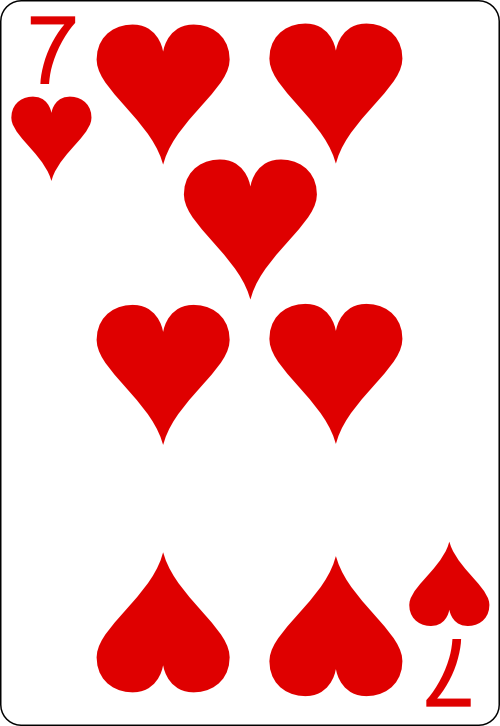  7♥️ | 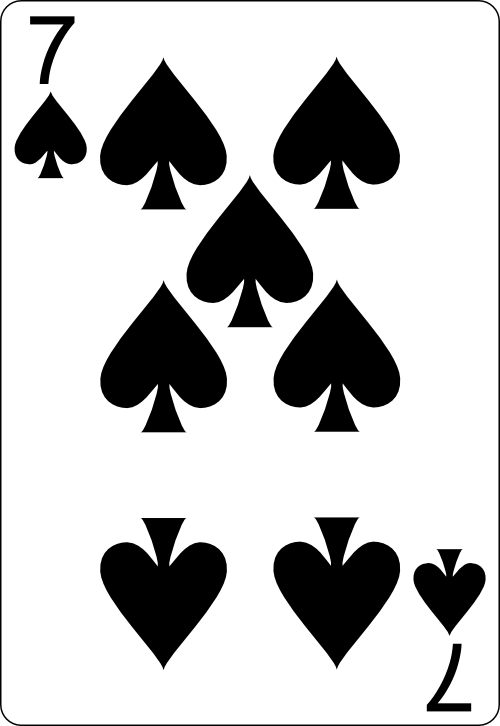   7♠️ |       9♠️ |      K♦️ |
The three sevens form the set, while the King and 4 are the kickers. If players have the same Three of a kind hand, the kicker with the highest card wins. For detailed scenarios and strategies, one can refer to our guide on how to play poker.
Probability and Statistics of Three of a kind Hands
The odds of being dealt a Three of a kind hand in the initial five-card deal are approximately 2.11%, or 1 in 47 hands. However, these odds can change significantly during the course of the game, depending on how many players are in the game and how many cards have been dealt.
The following table shows the probability and odds of forming a Three of a kind hand:
| Hand | Combinations | Probability | Odds |
|---|---|---|---|
| Three of a kind | 54,912 | 2.11% | 1 in 47 |
It’s important to note that while Three of a kind is a strong hand, it’s not unbeatable. Several other hands, such as a Straight, Flush, Full House, Four of a kind, Straight Flush, and Royal Flush, outrank it in the poker hand rankings. Understanding the probability and statistics of each hand can significantly enhance your strategic gameplay.
The knowledge of poker hand rankings is fundamental for every poker player. For more insights into poker basics and terminology, check out our articles on poker basics and poker terminology.
Straight Hands
A key element in understanding the game of poker is getting a firm grasp of poker hand rankings. One such important ranking is the Straight.
Description and Scenarios
A Straight is a hand that consists of five consecutive cards, regardless of their suit. The cards do not all need to be of the same suit, making it different from a Straight Flush. A typical example of a Straight could be a 5-6-7-8-9 of various suits. The highest possible Straight is a 10-J-Q-K-A, also known as “Broadway,” while the lowest possible Straight is an A-2-3-4-5, commonly referred to as a “wheel” or “bicycle.”
Here’s an example of a Straight hand (a Broadway Straight):
   10♣️ |     J♦️ |    Q♠️ |     K♣️ |     A♥️ |
In a scenario where two players both have a Straight, the player with the highest ranking card in their Straight wins. For example, if Player A has a Straight 5-6-7-8-9 and Player B has a Straight 6-7-8-9-10, Player B would win as they have the higher Straight.
Probability and Statistics of Straight Hands
In terms of their rarity, Straights are more common than Flushes, Full Houses, or Four of a Kinds, but less common than Three of a Kinds, Two Pairs, or Pairs.
The probability of being dealt a Straight in poker is approximately 0.39%, or 1 in 255 hands. This statistic is based on the assumption that you keep the best cards in your initial hand, according to basic poker strategy.
| Poker Hand | Probability (%) | Odds |
|---|---|---|
| Straight | 0.39 | 1 in 255 |
Remember that understanding poker hand rankings is just one aspect of mastering the game. To delve deeper into the intricacies of poker, including strategies and terminology, check out our articles on how to play poker, poker basics, and poker terminology.
Flush Hands
Continuing the exploration of poker hand rankings, the next on the list is the Flush. This hand ranking holds significant value in the game of poker and can be a game-changer in the right scenarios.
Description and Scenarios
A Flush is a poker hand where all five cards are of the same suit, but not in sequence. The cards do not need to follow any numerical order; they just need to be in the same suit. For instance, if you have a 5, Q, 3, 10 and an Ace (all hearts), you have a Flush. The highest card in this hand (in this case, the Ace) determines the strength of the Flush when compared to other Flush hands.
Here’s an example of a Flush hand:
   5♦️ | 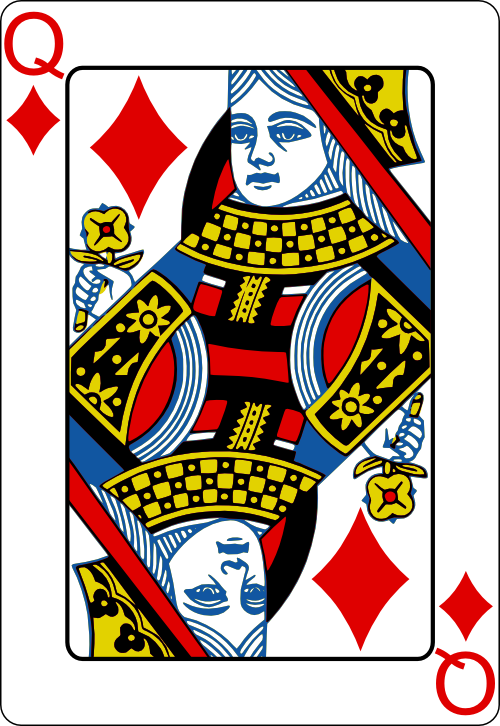  Q♦️ |   3♦️ |   10♦️ |    A♦️ |
It’s important to note that in the event of two Flush hands, the hand with the highest card wins. If the highest card is the same, the second highest card is considered, and so forth. For example, a Flush with a highest card of an Ace will beat a Flush with a highest card of King, regardless of the other cards in the hand.
Probability and Statistics of Flush Hands
The probability of drawing a Flush hand is relatively lower than some of the other poker hands like Pair or Two Pair. This is due to the requirement of all five cards being from the same suit.
According to poker statistics, the probability of being dealt a Flush from a 52-card deck on the first five cards drawn is approximately 0.20%, or 1 in 509. Here’s a breakdown of the numbers:
| Hand | Combinations | Probability |
|---|---|---|
| Flush | 5,108 | 0.20% |
Given these odds, it’s clear that a Flush is not a common hand in poker. However, when it does occur, it can be a powerful hand that can give you a significant advantage over your opponents.
Understanding the poker hand rankings, such as the Flush, is a crucial part of developing a successful poker strategy. For more information on the basics of poker and poker strategy, be sure to check out our articles on how to play poker and poker basics.
Full House Hands
As we continue to climb the ladder of poker hand rankings, we come to the full house. A significant milestone in poker, the full house is a hand that can provide a strong advantage if understood and played correctly.
Description and Scenarios
A full house in poker consists of three cards of one rank and two cards of another rank. In simpler terms, it’s a combination of a three of a kind and a pair. For example, a player holding 8-8-8-5-5 or J-J-J-2-2 has a full house.
In the event of multiple full houses in a game, the full house with the highest ranking three of a kind wins. If these are the same, the full house with the highest pair wins. For instance, a full house hand of Q-Q-Q-7-7 would outdo a hand of J-J-J-A-A.
To better understand the concept, let’s take a look at an example:
Example:
Player A:
   A♣️ |    A♦️ |     A♥️ |     4♣️ |     4♦️ |
Player B:
    K♠️ |      K♦️ |   K♥️ |    2♠️ |      2♥️ |
In this scenario, Player A has three Aces (A♣️, A♦️, A♥️) and two Fours (4♣️, 4♦️), while Player B has three Kings (K♠️, K♦️, K♥️) and two Twos (2♠️, 2♥️). Both players have a Full House, but Player A’s Full House (Aces
Probability and Statistics of Full House Hands
The probability and statistics of getting a full house are key to understanding your chances of pulling off this hand. It’s important to note that the odds can change depending on the number of cards dealt and the type of poker game being played.
In a standard 52-card deck, there are 3,744 possible full house hands and 156 distinct ranks of full house hands. Consequently, the probability of being dealt a full house hand in a five-card poker game is approximately 0.1441% or 1 in 694.
| Poker Hand | Number of Possible Hands | Distinct Ranks | Probability |
|---|---|---|---|
| Full House | 3,744 | 156 | 0.1441% |
Building a full house requires a solid understanding of how to play poker and a keen sense of strategy. Remember, the strength of your full house heavily depends on the rank of your three of a kind and pair, so keep this in mind when forming your game plan.
As you continue to hone your poker skills, grasping the intricacies of poker hand rankings like the full house can significantly boost your winning chances. Be sure to revisit our poker basics guide and brush up on your poker terminology to clarify any doubts or confusions.
Four of a kind Hands
In the hierarchy of poker hand rankings, a four of a kind hand holds a prominent position. Understanding this hand type is critical for developing your poker strategy and making the most of your game play.
Description and Scenarios
A four of a kind hand, also known as “quads”, consists of four cards of the same rank, along with one random card. The rank of the four similar cards determines the strength of the hand. For example, a four of a kind hand with four Aces is stronger than a four of a kind hand with four Kings.
Here’s an example of Four of a kind hand:
  4♠️ |     4♣ |   4♥️ |     4♦️ |       9♠️ |
Here are a few additional scenarios:
- Scenario 1: You have a hand that includes four 8s and a Queen.
- Scenario 2: You have a hand that includes four Kings and a 2.
- Scenario 3: You have a hand that includes four Aces and a 7.
In each scenario, the four of a kind hand is named after the rank of the four similar cards. So, the first scenario would be called “Four 8s”, the second scenario “Four Kings”, and the third one “Four Aces”. If two players both have a four of a kind hand, the player with the higher-ranking set of four cards wins the pot.
Probability and Statistics of Four of a kind Hands
The probability of getting a four of a kind hand in poker is relatively low, making this hand a rare and strong one in the game. The odds and probabilities associated with this hand can be better understood with the help of statistical data.
| Hand | Combinations | Probability |
|---|---|---|
| Four of a kind | 624 | 0.024% |
As per the table, there are 624 possible combinations of a four of a kind hand in a 52-card deck, which translates to a probability of 0.024%. This means that the chances of getting a four of a kind hand are quite slim, and if you do get such a hand, it’s likely to be a winning one.
Understanding the poker hand rankings, including the four of a kind hand, is a vital part of learning how to play poker. By knowing the strength of each hand, you can make more informed decisions during the game and enhance your overall poker skills. For a deeper dive into poker basics, check out our articles on poker terminology and poker starting hands.
Straight Flush Hands
Navigating the world of poker hand rankings can be a game-changer for poker enthusiasts. A firm grasp of these rankings is a prerequisite to implementing winning strategies. One of the most potent hands in poker is the straight flush.
Description and Scenarios
A straight flush is a sequence of five consecutive cards all of the same suit. It’s a combination of two powerful hands: a straight (five consecutive cards of any suit) and a flush (five cards of the same suit, not in sequence). An example of a straight flush could be 5-6-7-8-9 of spades.
Here’s an example of a Straight Flush hand:
   5♠️ |   6♠️ |    7♠️ | 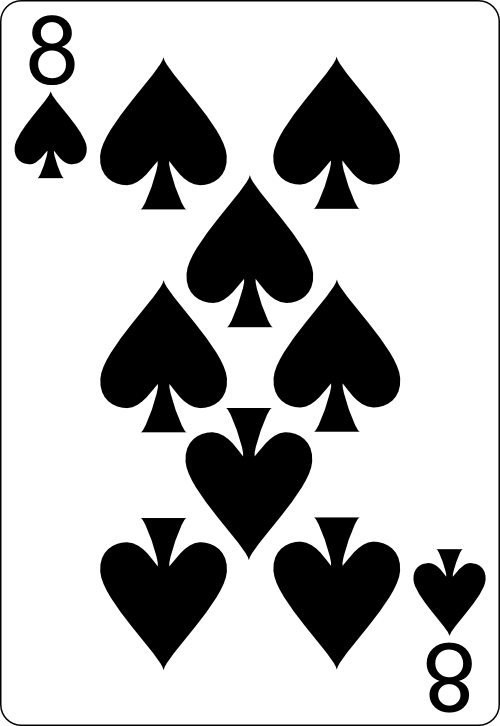  8♠️ |       9♠️ |
In a scenario where two players both have straight flushes, the winner is determined by the one with the highest card in the sequence. For example, if Player A has 5-6-7-8-9 of hearts and Player B has 7-8-9-10-Jack of clubs, Player B would win the hand because a Jack is higher than a 9.
It’s important to note that an Ace can either be the highest or lowest card in a straight flush, making 10-Jack-Queen-King-Ace and Ace-2-3-4-5 both valid straight flushes.
Probability and Statistics of Straight Flush Hands
The probability of obtaining a straight flush in a game of poker is quite low due to the specific requirements of this hand.
| Hand | Combinations | Probability |
|---|---|---|
| Straight Flush | 36 | 0.000278% |
There are 36 possible straight flush hands in a standard 52-card deck, making the probability a mere 0.000278%. This low likelihood underscores the rarity and strength of a straight flush in the game of poker.
Understanding the mechanics of a straight flush and its place in the hierarchy of poker hand rankings can significantly improve your decision-making process in a game. Remember, poker is not just about the cards you are dealt, but also how you play them. For more information on how to play poker, check out our article on how to play poker.
Royal Flush Hands
Climbing to the pinnacle of poker hand rankings, we find the unbeatable royal flush. This section delves into the details of this prestigious hand, including its description, scenarios, and probability.
Description and Scenarios
The royal flush is the highest-ranking hand in poker. It consists of the ace, king, queen, jack, and ten of the same suit. The royal flush is an ace-high straight flush, signifying the best possible hand in the game. This hand is a dream for poker players and a nightmare for their opponents.
Here’s an example:
Player A:
    A♠️ |     K♠️ |    Q♠️ |    J♠️ | 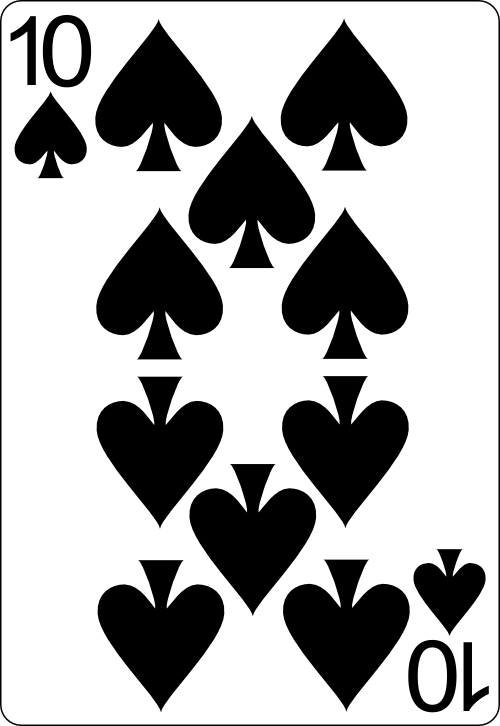  10♠️ |
Player B:
   A♣ |     K♣ |    Q♣ |    J♣ |    10♣ |
In this example, both Player A and Player B have a Royal Flush, but they belong to different suits. As mentioned earlier, the suit does not affect the value of the hand. Both players would split the pot since the Royal Flush is unbeatable and cannot be surpassed by any other hand.
Probability and Statistics of Royal Flush Hands
Coming across a royal flush in a game of poker is a rarity. The probability of being dealt this hand in a 5-card poker game is approximately 0.00015%, or 1 in 649,740 hands.
| Hand Ranking | Combination | Probability |
|---|---|---|
| Royal Flush | A, K, Q, J, 10 (same suit) | 0.00015% |
These statistics highlight the extremely low odds of obtaining a royal flush, which contributes to its status as the most valuable hand in the game.
Understanding the poker hand rankings is a fundamental part of mastering the game. The royal flush, while rare, can be a game-changer when it does appear. Being aware of the likelihood of different hands can inform your strategy and decision-making process during the game. For more information on the basics of poker, check our articles on how to play poker and poker terminology.
Practical Tips on Using Hand Rankings
Having a grasp of poker hand rankings is pivotal to successful gameplay. It’s not just about knowing the rankings; it’s about using this knowledge to make informed decisions at the poker table. Below, you’ll find some strategies for using hand rankings effectively and common mistakes to avoid.
Strategies to Implement
- Consider Your Starting Hands: Before making a move, evaluate your starting hands. Hands like pairs, high face cards, or suited connectors often have a higher potential. Familiarize yourself with the best poker starting hands to improve your decision-making at the onset of a game.
- Understand Your Position: Your position at the table can greatly influence your strategy. Being one of the last to act has its advantages as you can make decisions based on others’ moves.
- Analyze Your Opponents: Pay attention to your opponents’ behaviors. Their betting patterns, body language, and reactions can provide valuable clues about their possible hand rankings.
- Use Probabilities: Use the statistics of hand rankings to your advantage. Knowing the odds can help you assess whether to bet, call, or fold.
- Practice Bluffing: Bluffing is a useful strategy in poker. However, it requires skill and should be used sparingly and strategically.
Common Mistakes to Avoid
- Playing Every Hand: One of the most common mistakes beginners make is playing too many hands. Patience is key in poker. Not every hand is worth playing, and knowing when to fold is just as important as knowing when to play.
- Ignoring the Other Players: Poker is not just about your hand; it’s also about the other players. Ignoring them can cause you to miss out on valuable information that could influence your decisions.
- Overconfidence in High Cards: Just because you have high cards, it doesn’t mean you’re guaranteed to win. Always consider the community cards and the potential combinations they could create with your opponents’ hands.
- Misunderstanding Hand Rankings: A solid understanding of poker hand rankings is essential. Misunderstanding the rankings could lead to poor decision-making. Brush up on your poker basics and poker terminology to avoid this pitfall.
By implementing these strategies and avoiding common mistakes, you can greatly improve your poker game. Remember, poker is a game of skill, strategy, and sometimes, a little bit of luck. The more you practice, the more adept you will become at using poker hand rankings to your advantage.

